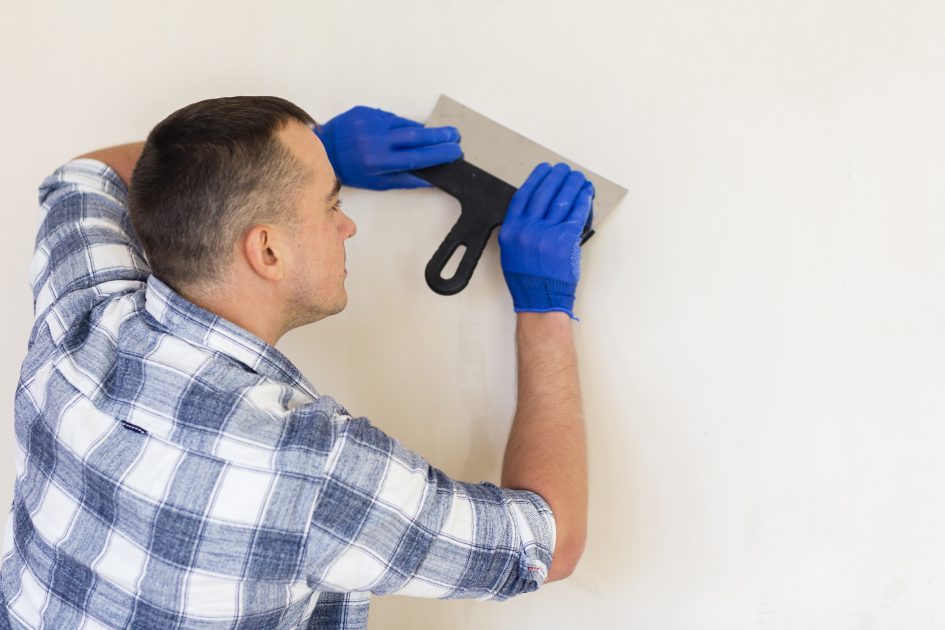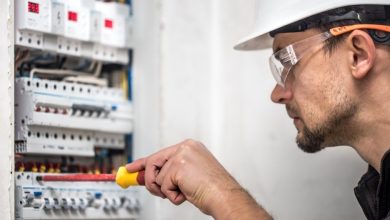Plastering Mastery Insights from James Barzini

Plastering is an ancient craft that has been passed down through generations, evolving over time to become a refined and sophisticated art form. In this extensive guide, James Barzini, a renowned expert in the field of plastering, shares his wealth of knowledge and experience to help you master the intricate techniques of plastering. From the basics of surface preparation to advanced texturing and finishing methods, this guide will provide you with the tools and techniques needed to achieve flawless plastered surfaces that elevate any space.
Introduction to Plastering Techniques
Plastering is the process of applying a smooth, even layer of plaster onto walls or ceilings to create a uniform and aesthetically pleasing surface. While the concept of plastering may seem simple, mastering the techniques involved requires practice, patience, and a deep understanding of the materials and tools used. James Barzini emphasizes the importance of mastering these techniques to achieve professional-quality results and ensure the longevity and durability of plastered surfaces.
Basic Plastering Techniques
- Float and Set: The float and set technique is a fundamental method of plastering that involves applying a base coat of plaster, known as the scratch coat, followed by a second coat, known as the float coat. The scratch coat is applied in a rough manner to create a key for the float coat to adhere to. Once the scratch coat has partially set, the float coat is applied and leveled using a plastering float.
- Skim Coating: Skim coating is a technique used to create a smooth, uniform surface on walls or ceilings. It involves applying a thin layer of plaster over the entire surface to fill in imperfections and create a level finish. Skim coating is often used to repair damaged or uneven surfaces or to create a decorative texture.
- Feather Edging: Feather edging is a technique used to blend the edges of newly applied plaster with the surrounding surface. It involves tapering the edges of the plaster with a trowel to create a seamless transition between the plastered area and the adjacent surface. Feather edging is particularly useful when patching or repairing small areas of plaster.
Advanced Plastering Techniques
- Texturing: Texturing is a versatile technique that allows you to add decorative patterns or textures to plastered surfaces. Texturing can be achieved using various tools and materials, such as brushes, sponges, or combs. Experimenting with different textures can help you create unique and visually appealing finishes that enhance the overall aesthetic of a space.
- Venetian Plaster: Venetian plaster is a luxurious and elegant plastering technique that originated in Venice, Italy. It involves applying multiple thin layers of tinted plaster to create a smooth, marble-like finish. Venetian plaster is renowned for its depth and richness and is often used to create stunning feature walls or focal points in interior spaces.
- Polished Plaster: Polished plaster is a high-gloss finish that adds a touch of sophistication and glamour to any space. It involves applying multiple layers of tinted plaster, followed by polishing or burnishing the surface to create a reflective, mirror-like finish. Polished plaster is ideal for creating a modern and luxurious aesthetic in both residential and commercial settings.
Tips for Mastering Plastering Techniques
- Practice Regularly: Like any skill, mastering plastering techniques requires practice and repetition. Take the time to practice different techniques on scrap materials or small test patches before tackling larger projects. This will help you develop your skills and gain confidence in your abilities.
- Invest in Quality Tools: Invest in high-quality plastering tools and equipment to ensure professional results. Quality tools will make the plastering process smoother and more efficient, resulting in a better finish. Look for tools that are durable, ergonomic, and designed for the specific task at hand.
- Pay Attention to Detail: Attention to detail is essential when plastering. Take the time to properly prepare the surface, mix the plaster to the correct consistency, and apply it evenly and smoothly. Paying attention to detail will ensure a flawless finish and enhance the overall quality of your work.
- Experiment and Innovate: Don’t be afraid to experiment with different techniques and approaches to plastering. Innovation and creativity can lead to unique and stunning results. Try combining different textures or finishes to create one-of-a-kind surfaces that make a statement in any space.
Conclusion
Mastering plastering techniques is a rewarding journey that requires dedication, patience, and a willingness to learn. By understanding the various techniques available and following expert advice from professionals like James Barzini, you can achieve professional-quality results and create beautiful, durable plastered surfaces that enhance the beauty and functionality of any space.




